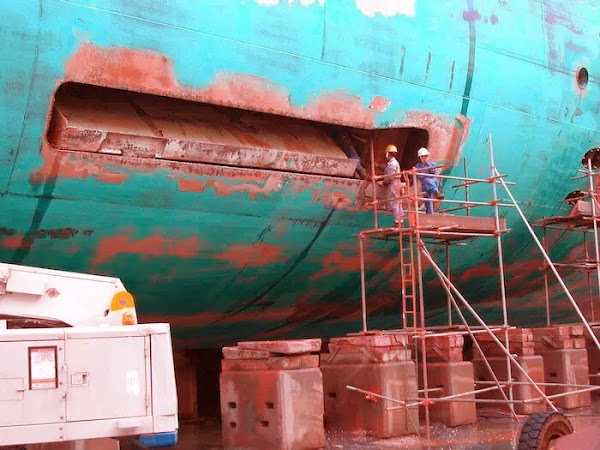#69 Essential Certificates Carried by Cargo Ships: Ensuring Safety, Compliance, and Environmental Protection
Cargo ships, integral to global trade, are mandated to carry various certificates ensuring they meet international safety, environmental, and operational standards. These certificates, issued by the International Maritime Organization (IMO), flag states, and classification societies, verify that vessels comply with rigorous regulations. Here’s a detailed look at the key certificates carried by cargo ships: 1. International Tonnage Certificate (ITC) The ITC, issued under the International Convention on Tonnage Measurement of Ships (1969), confirms the ship's gross and net tonnage. This certificate is essential for port fees, safety regulations, and insurance purposes. 2. International Load Line Certificate (ILLC) Issued under the International Convention on Load Lines (1966), the ILLC ensures that the vessel adheres to regulations regarding the minimum safe freeboard, enhancing its stability and safety. This certificate guarantees that the ship is not overloaded and is seaworth

